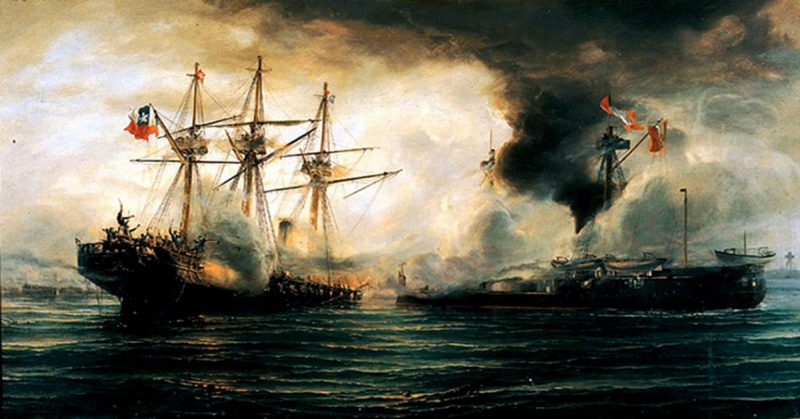Miguel Grau Seminario is regarded as the biggest hero in the history of Peru. His days in the Peruvian navy, especially during the War of the Pacific, earned him a reputation unmatched by any of his countrymen. His acts of bravery and daring, combined with a gentlemanly respect for his enemies, made him popularly known as “El Caballero de los Mares”, or “The Knight of the Seas”.
The Early Life of Miguel Grau Seminario, Greatest of Peru Heroes
Miguel Grau was born on July 27th, 1834 in Piura, on the northern coast of Peru. The city itself had a tradition of naval warfare, since it was subjected to attacks and occupations by Spanish colonials, English pirates, and buccaneers. As a result, Miguel Grau had the sea in his blood, and battle was a family tradition as well. His father had fought in the Colombian army and alongside Simón Bolívar, the greatest hero of South American independence.
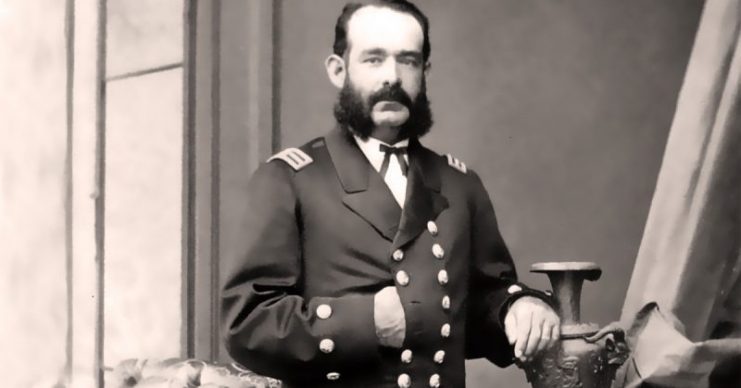
Miguel Grau began his life at sea at the tender age of ten, and spent most of his early years in the merchant navy. He traveled the world and learned his trade through experience, so he was already well accustomed to the sea when he entered the Peruvian navy at the age of 19.
Miguel Grau and the Peruvian Navy
Soon recognized as a remarkable young seaman, Miguel Grau rose rapidly in the ranks of the Peruvian Navy. Because of his knowledge of the sea and ocean warfare, he was given the role of overseeing the construction of new ships in Europe for the Peruvian navy. He was recalled to Peru when Spanish aggression against her former colonies began to edge closer.
After the Battle of Callao in 1866 and the successful Peruvian defense against Spanish naval attacks, then-Captain Grau was given command of the Huascar. A small English-built armored turret ship, the Peruvian monitor Huascar was to become synonymous with Miguel Grau and his later achievements.
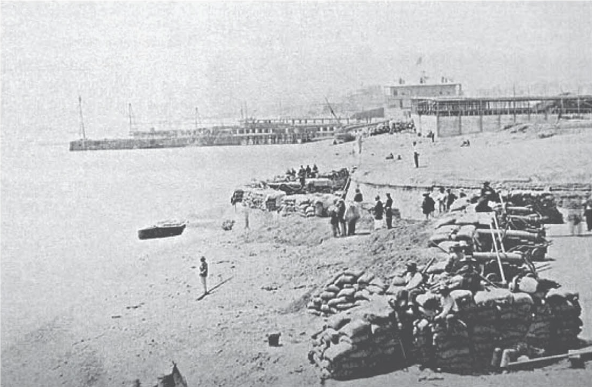
The War of the Pacific – Miguel Grau Seminario and the Huascar
The War of the Pacific (1879–1884), also known as the “Saltpeter War”, brought Miguel Grau back to the Navy after a successful period in Peruvian politics. Territorial disputes over mineral-rich Bolivian-owned land in the Atacama Desert led to the outbreak of war between Chile and Bolivia. A secret defensive pact between Bolivia and Peru was activated when Chile declared war, bringing this dual alliance into open conflict with Chile.
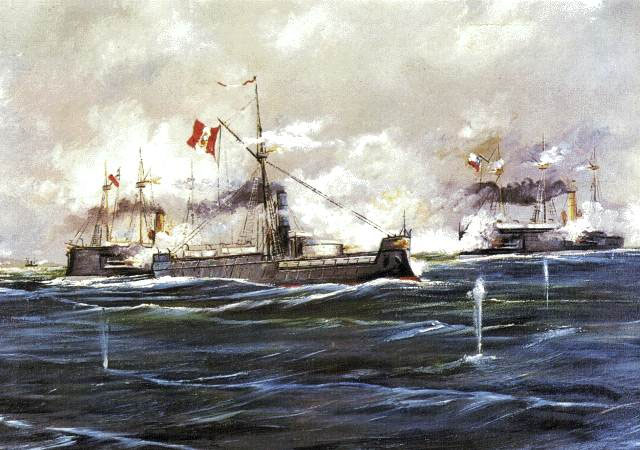
Miguel Grau, now 45, was given command of his old ship Huascar, promoted to Rear Admiral, and given overall command of the Peruvian navy. Despite the cause of the conflict being disputed land, the war hinged on control of the sea, both for troop deployment and naval bombardment. The Chilean navy outgunned that of Peru, whose navy included two old American ironclads that were barely able to sail at sea.
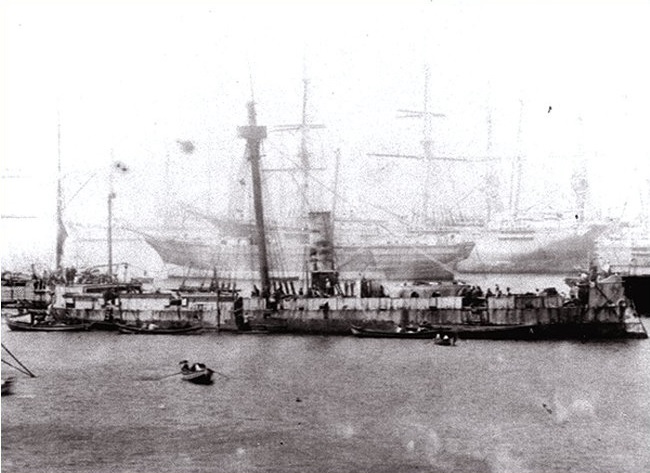
However, Miguel Grau was to prove to be a thorn in the side of Chilean domination at sea. As historian Bruce W. Farcau writes in The Ten Cents War, “He knew that, unless he could take the war effectively to the enemy and inflict a telling reverse on him, the allied cause would be lost”. Rear Admiral Miguel Grau knew that aggression was vital, even against the superior Chilean fleet.
Miguel Grau, The Knight of the Seas
Grau successfully lifted the blockade of the Peruvian port of Iquique on May 21, 1879. In doing so, he managed to sink the Chilean corvette Esmeralda, blocking it in the port before ramming it three times. The ship sank, but Grau made sure to rescue the survivors. The heroics of the Esmeralda and her Captain Arturo Prat, who died trying to board the Huascar, made Prat one of the greatest heroes of Chile.
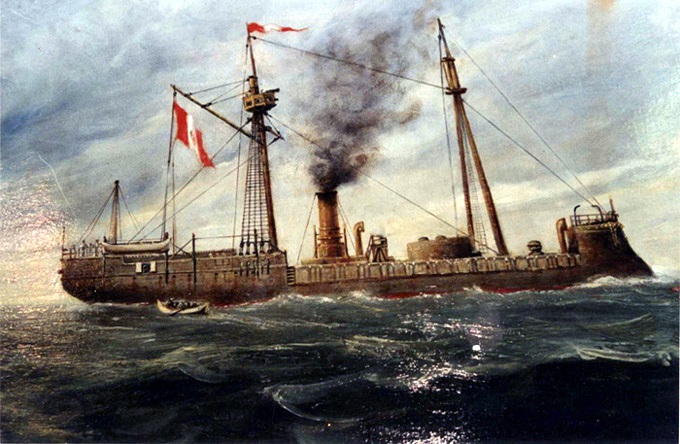
Still outnumbered and outgunned by the Chilean fleet, Miguel Grau continued to harass Chilean vessels and attack Chilean ports, sinking and capturing ships and destroying artillery batteries and lines of communication. He always took care to rescue survivors and avoid undue death, further enhancing his reputation as “The Knight of the Seas”.
Chile’s naval priority became the hunting down of Miguel Grau. Naval historian Lawrence Sondhaus states in the book Naval Warfare that “Over the next five months the Chilean navy pursued Grau and the Huascar up and down the coast”.
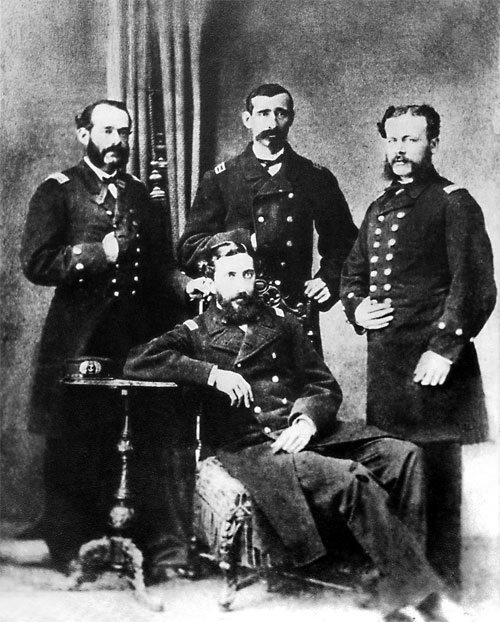
The Demise of Admiral Miguel Grau Seminario
In the end, it took the Chilean fleet almost six months to find the elusive Grau. Eventually, he was cornered by the Almirante Cochrane, a more modern and more heavily armed ship. Soon another Chilean vessel arrived, and the result was not in doubt, as Sondhaus relates: “The Blanco Encalada arrived on the scene forty-five minutes after the fighting began, and the two casemate ships engaged the Huascar for another forty-five minutes before it surrendered”.
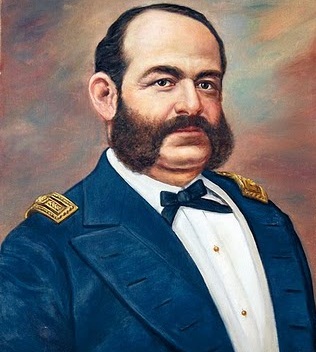
Miguel Grau was killed in the battle, along with half his crew. Not only had Chile managed to take almost total command of the sea, but they also saved the Huascar from sinking, and later would turn her against her former owners.
The Miguel Grau Biography Continues
Miguel Grau’s remains were buried in Chile with military honors, a testament to his bravery. Although his remains were returned to Peru in 1958, the Huascar still remains in Chile. Despite requests from Peru for the return of the ship, the Chilean government has yet to accede, and are unlikely to do so.
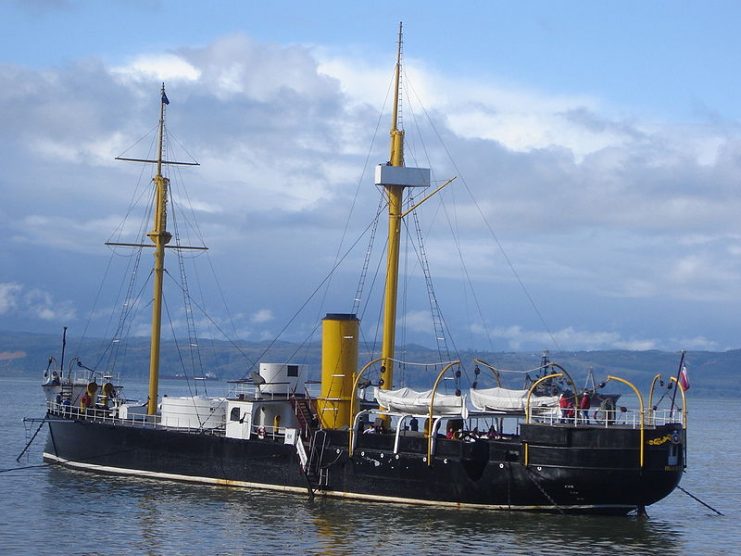
Read another story from us: The Biggest Wars in South American History
Rear Admiral Miguel Grau Seminario is now officially recognized as the greatest of Peru’s heroes, and was nominated as “Peruvian of the Millennium” by the people of Peru. The Miguel Grau Museum can be found in Piura, Peru.
